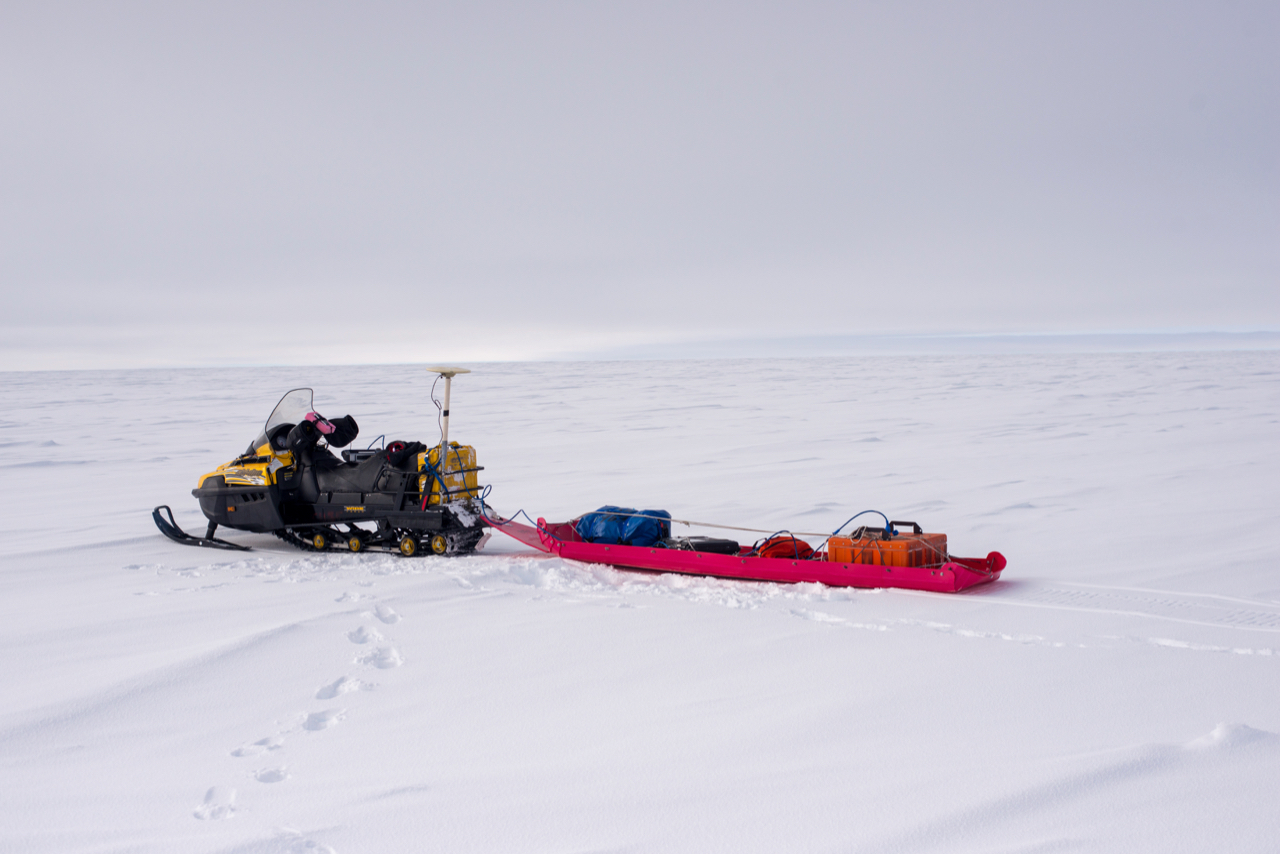Radar is a powerful tool for observing internal properties of the ice sheets and for understanding what lies beneath them. From this information, we can learn about how ice has flowed in the past, how it is flowing in the present, and how it is likely to change in the future.
Our group works with radars ranging in complexity from simple, commercial systems used in geotechnical applications to extremely expensive, cutting edge systems that require more complex processing and collaboration with electrical engineers. We work on making processing more accessible to the community. Our group has the primary maintainer of the ImpDAR processing package, which provides a free tool for scientists to process and interpret simple (impulse) radar data.
We also work on developing cutting-edge methods (two examples: 1 2) to obtain information about ice-crystal fabric from radar.
Historically, our group members have been involved with radar around ice core sites, both for site selection and to interpret the ice cores.
There are many additional ways to use radar to understand ice flow that the group may explore in the future.

A shallow radar system